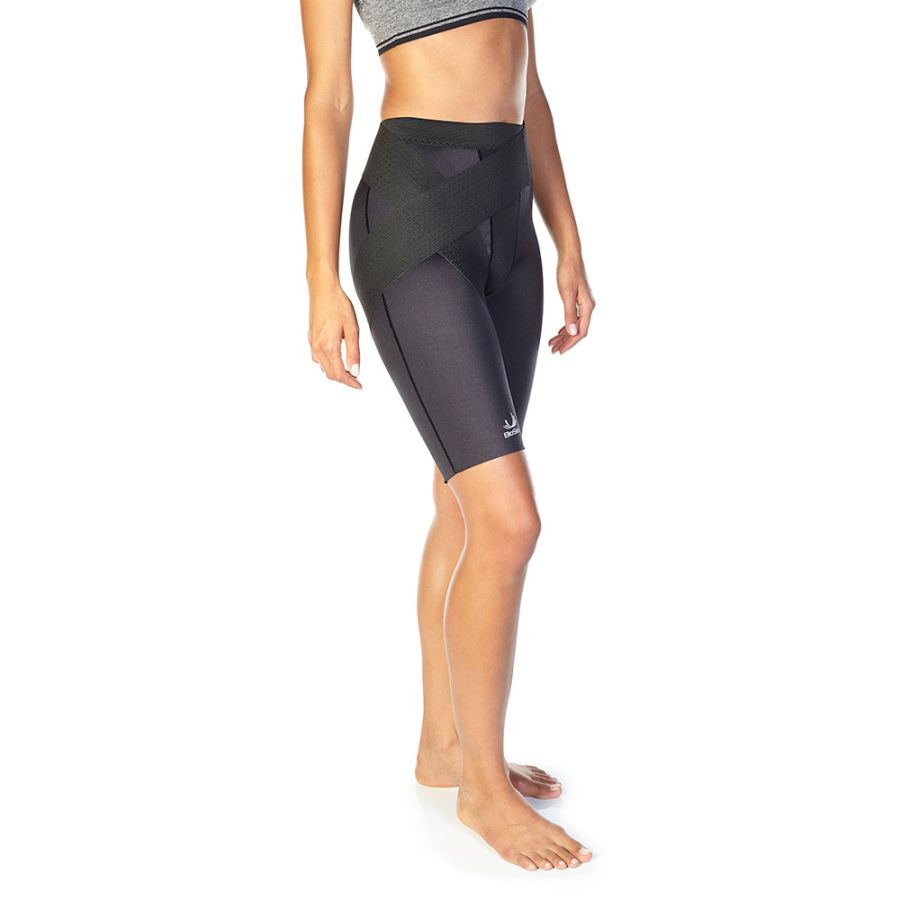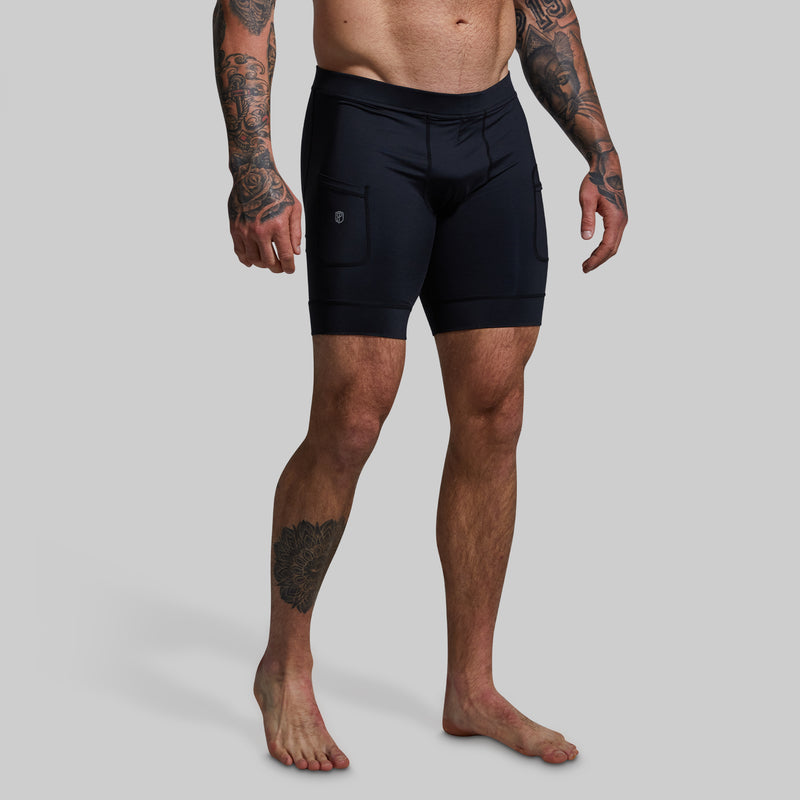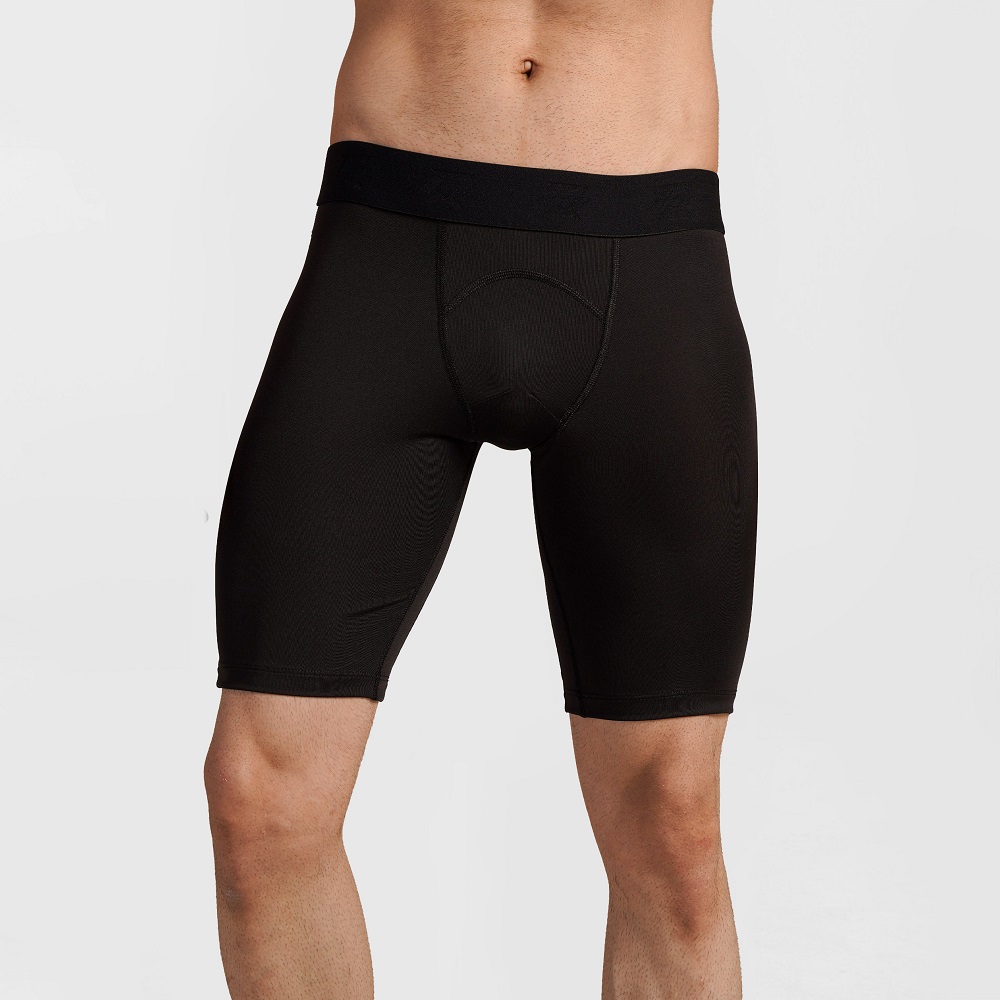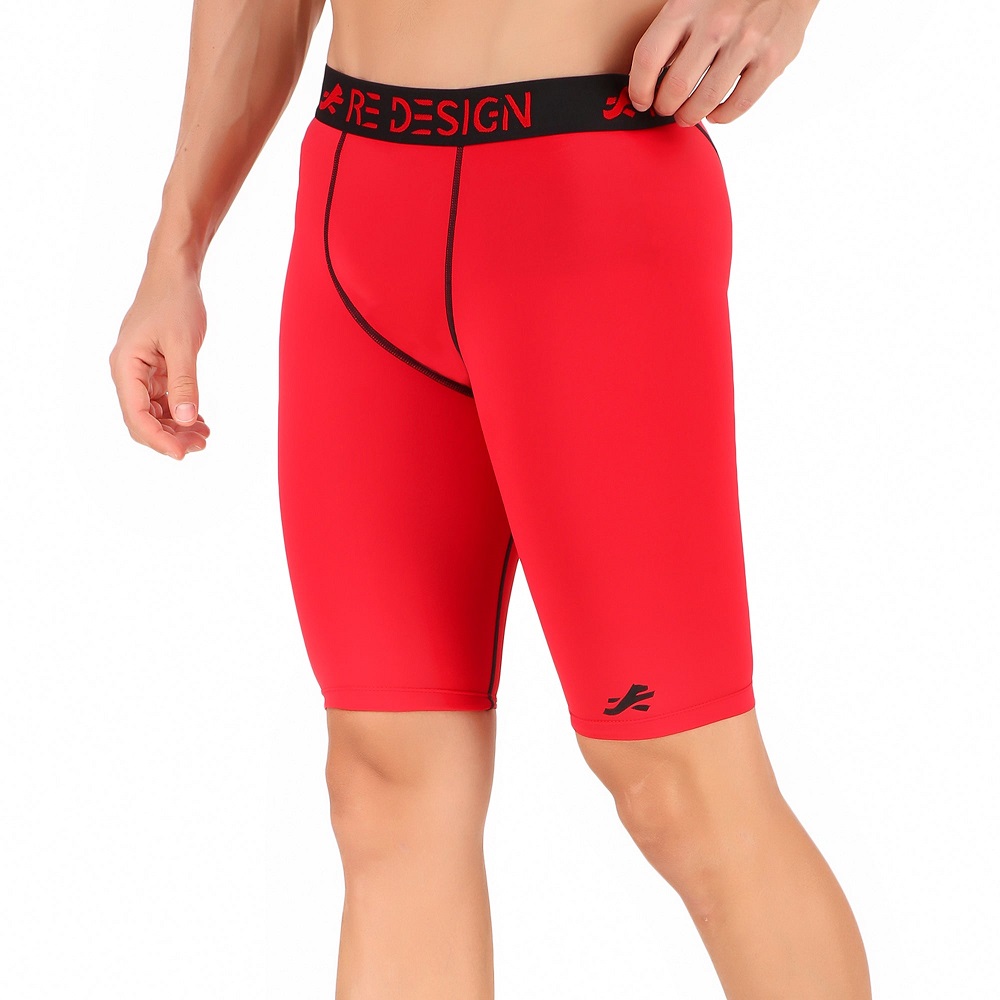In the world of fitness, the right gear can make a significant difference in performance and recovery. One piece of clothing that has gained considerable attention in recent years is compression shorts. These garments offer support and comfort for athletes and fitness enthusiasts alike. Their design focuses on enhancing performance and promoting recovery following intense workouts. This article will explore the benefits of compression shorts, how they work, different types available, and tips for choosing the right pair for your needs.
Contents
Understanding Compression Clothing
What Are Compression Shorts?
How to wear compression shorts? Compression shorts are specially designed athletic wear that fits snugly against the body. They are made from elastic materials that provide graduated pressure, meaning the compression is tighter around the thigh and gradually decreases towards the top. This design aims to support blood circulation and enhance muscle performance during physical activities.
Compression wear has been used in medical settings for years, helping patients with circulation issues. Over time, athletes recognized the potential benefits of compression clothing in sports. As a result, compression shorts have become a popular choice among runners, cyclists, and weightlifters. These shorts are not only functional but can also enhance comfort during workouts.
How They Work
The primary function of compression shorts is to improve blood flow. As blood circulates better, muscles receive more oxygen and nutrients. This improved circulation helps reduce muscle soreness and fatigue during and after exercise. Compression also limits excessive muscle movement and vibration, which can lead to micro-tears in the muscle fibers. By stabilizing the muscles, compression shorts can potentially decrease the risk of injury.
Many athletes report feeling less fatigued when wearing compression garments. The snug fit creates a sense of security, allowing individuals to focus on their performance rather than discomfort. Understanding how compression shorts work can guide athletes in making informed choices about their workout gear.

Benefits of Compression Shorts
Enhanced Performance
One of the significant benefits of wearing compression shorts is improved performance. The snug fit provides support to the muscles, especially during high-impact activities. This added support can help improve stability and reduce the chances of muscle strain or injury. Many runners and athletes find that wearing compression shorts allows them to run longer distances with improved efficiency.
Additionally, the compression effect can lead to better muscle alignment, which is crucial for maintaining proper form during workouts. Improved muscle support means athletes can focus their energy on performing their movements effectively. Whether sprinting, lifting weights, or cycling, compression shorts can have a positive impact on overall performance.
Accelerated Recovery
Beyond performance enhancement, compression shorts are also known for their recovery benefits. Wearing these shorts post-exercise can aid in reducing muscle soreness and swelling. The continuous pressure on the muscles helps flush out metabolic waste products, such as lactic acid, that can accumulate during intense workouts.
Many athletes choose to wear compression shorts after exercise as part of their recovery routine. This practice can lead to faster recovery times, allowing individuals to return to their training schedules sooner. Incorporating compression wear into recovery plans can significantly improve an athlete’s regimen, enhancing their overall fitness strategy.

Different Types of Compression Shorts
Length and Style Variations
Compression shorts come in various styles and lengths, allowing individuals to choose what feels most comfortable and effective for them. Options include mid-thigh, above-the-knee, or full-length designs. Mid-thigh styles provide warmth and muscle support while allowing ample freedom of movement. These lengths are especially popular among runners and cyclists.
Some compression shorts feature additional pockets to store small essentials like keys or energy gels during workouts. This functionality can be particularly beneficial for long runs or outdoor activities. The choice of length and style ultimately depends on personal preference and the type of activity being performed.
Fabric and Compression Levels
Another important consideration when choosing compression shorts is the fabric and level of compression. Most compression shorts are made from a blend of materials such as nylon and spandex. This combination offers both stretch and breathability, ensuring comfort during exercise.
Compression levels can also vary. Some shorts offer mild compression for everyday activities, while others provide more intense compression suitable for athletic performance. Athletes aiming for maximum performance and recovery may opt for higher compression levels. It’s essential to choose a pair that aligns with one’s fitness goals and comfort preferences.

How to Choose the Right Compression Short
Finding the Perfect Fit
Selecting the right size is crucial when choosing compression shorts. It’s essential for the shorts to fit snugly without being too tight or restrictive. Many brands provide sizing charts based on waist measurements, so reviewing these charts is advisable. Trying on shorts before purchasing—or ensuring a flexible return policy when buying online—can help find the perfect fit.
The length and cut also affect the comfort and fit of compression shorts. Individuals should consider their body type and personal preferences when selecting styles. A good fit will enhance the benefits of compression, allowing for better performance and recovery.
Considering the Activity
When choosing compression shorts, consider the type of activity you plan to engage in. Different sports may require varying levels of support and coverage. For example, runners might prefer lightweight and breathable options, while weightlifters may prefer models with additional pelvic support.
Also, think about the climate in which you will be exercising. For warmer weather, look for moisture-wicking materials that will keep you dry and comfortable. In contrast, colder conditions might warrant thicker fabrics to provide additional warmth. Tailoring the choice of compression shorts to specific activities and environments can enhance your overall experience.

Myths and Misconceptions About Compression Gear
Debunking Common Misunderstandings
Despite the growing popularity of compression shorts, several misconceptions persist. One common myth is that compression gear is only beneficial for professional athletes. In reality, anyone engaging in physical activity can reap the benefits of using compression shorts. Whether you’re a casual jogger or a dedicated athlete, these garments can improve comfort and recovery.
Another misconception is that compression shorts can cause discomfort due to their tight fit. While they may feel snug, high-quality compression gear is designed to move with the body. Properly fitted shorts should enhance comfort rather than hinder movement. Choosing well-made compression gear can help individuals avoid any negative experiences.
The Science Behind Compression
Many individuals also question the scientific basis for the effectiveness of compression garments. Research has shown that compression does promote blood flow and reduce muscle soreness. Studies indicate that wearing compression clothing may lead to improved recovery times and increased comfort during exercise.
Understanding the science behind compression will encourage more people to consider incorporating it into their fitness routines. Educating individuals about the scientifically proven benefits can lead to better choices in workout gear.

Caring for Your Compression Short
Proper Washing and Care Techniques
To maximize the lifespan of compression short, proper care is essential. Most compression garments are made from synthetic materials, which requires specific washing techniques. It’s best to wash them in cold water using a gentle cycle. Avoid using bleach or fabric softener, as these can damage the elastic fibers.
Many manufacturers recommend air drying compression short to preserve their fit and elasticity. Heat from dryers can lead to shrinkage or deterioration of the fabric over time. Following the care instructions provided on the garment can help maintain their effectiveness and longevity.
When to Replace Compression Gear
Like any athletic gear, compression shorts have a lifespan. After extended use, their compression level may diminish. It’s important to pay attention to how they feel during workouts. If the shorts no longer provide the same level of support or comfort, it might be time to replace them.
Regularly checking for signs of wear, such as fading colors or fraying seams, is crucial. Investing in quality compression short may initially seem costly, but replacing them as needed ensures optimal performance and recovery benefits.
Final Thoughts on the Value of Compression Short
Enhancing Your Fitness Journey
In conclusion, compression shorts can significantly boost recovery and support during exercise. Their snug fit helps enhance blood circulation and reduce muscle fatigue, allowing athletes and fitness enthusiasts to perform better. With a wide variety of styles, lengths, and designs, individuals can find the perfect pair to meet their needs.
By understanding the benefits of compression clothing and how to select the right shorts, anyone can enhance their fitness experience. Embracing compression gear as a part of a broader fitness strategy can help streamline recovery periods.
The Future of Compression Gear
As the fitness industry continues to evolve, so do the innovations in compression gear. Future developments may yield even more advanced materials and designs tailored to specific activities. Keeping up with the latest trends in athletic wear will help individuals get the most out of their workouts.
For those serious about their fitness journeys, investing in quality compression shorts is a step in the right direction. Experience the comfort and support they provide, and enhance your performance both during workouts and in recovery. With compression shorts as part of your athletic routine, you’re sure to reap the benefits and see improved results in no time.
